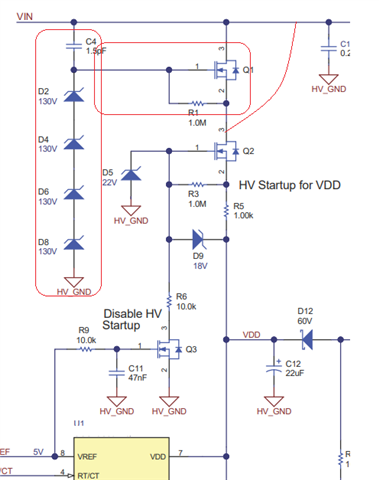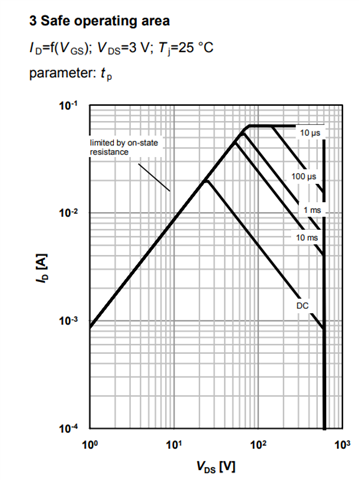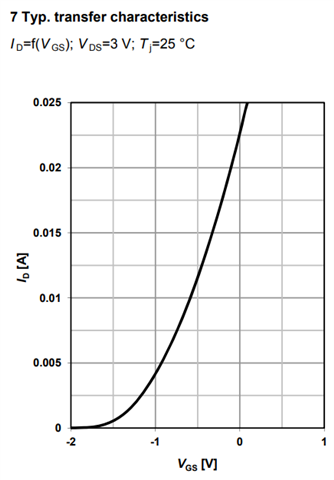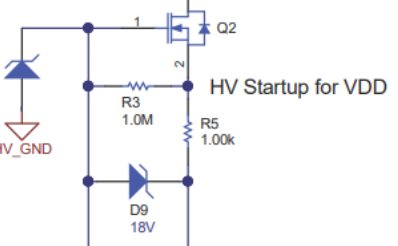Other Parts Discussed in Thread: UCC2803, , UCC2802
Tool/software:
Hello,
We are using UCC2803 Flyback controller IC.
Regarding start up circuit , could you please help me a different approach apart from using resistor divider and charging the capacitor, time taken to charge the capacitor for UVLO would be more since we use high value of resistors.
Is there a different approach to eliminate this concern!







